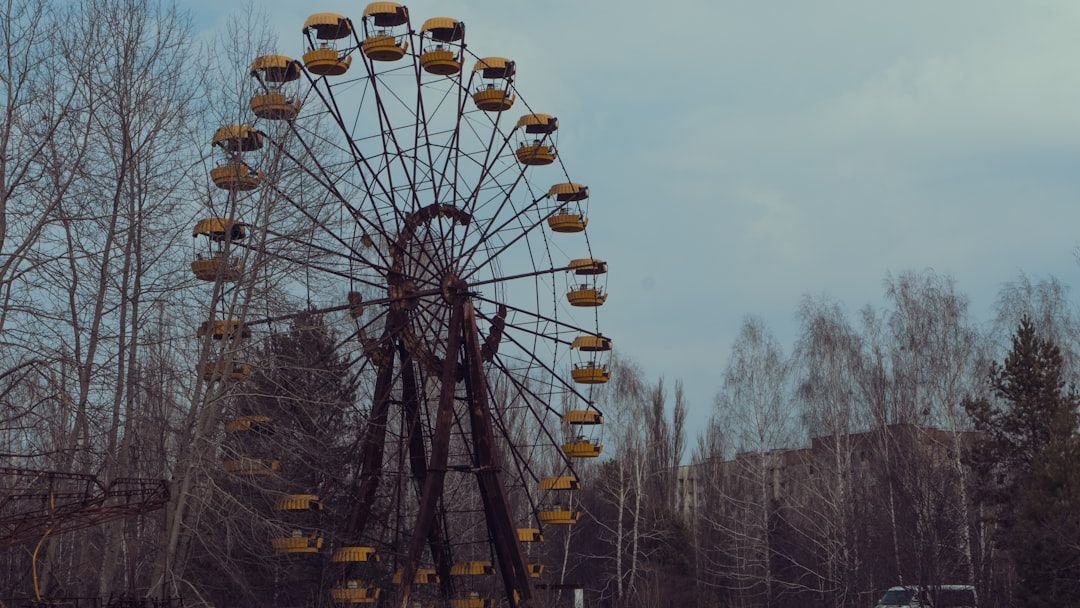Walking through empty streets where laughter once filled the air feels deeply unsettling. These abandoned places tell stories of dreams that crumbled, disasters that changed everything, and communities forced to leave their homes behind forever.
Pripyat, Ukraine
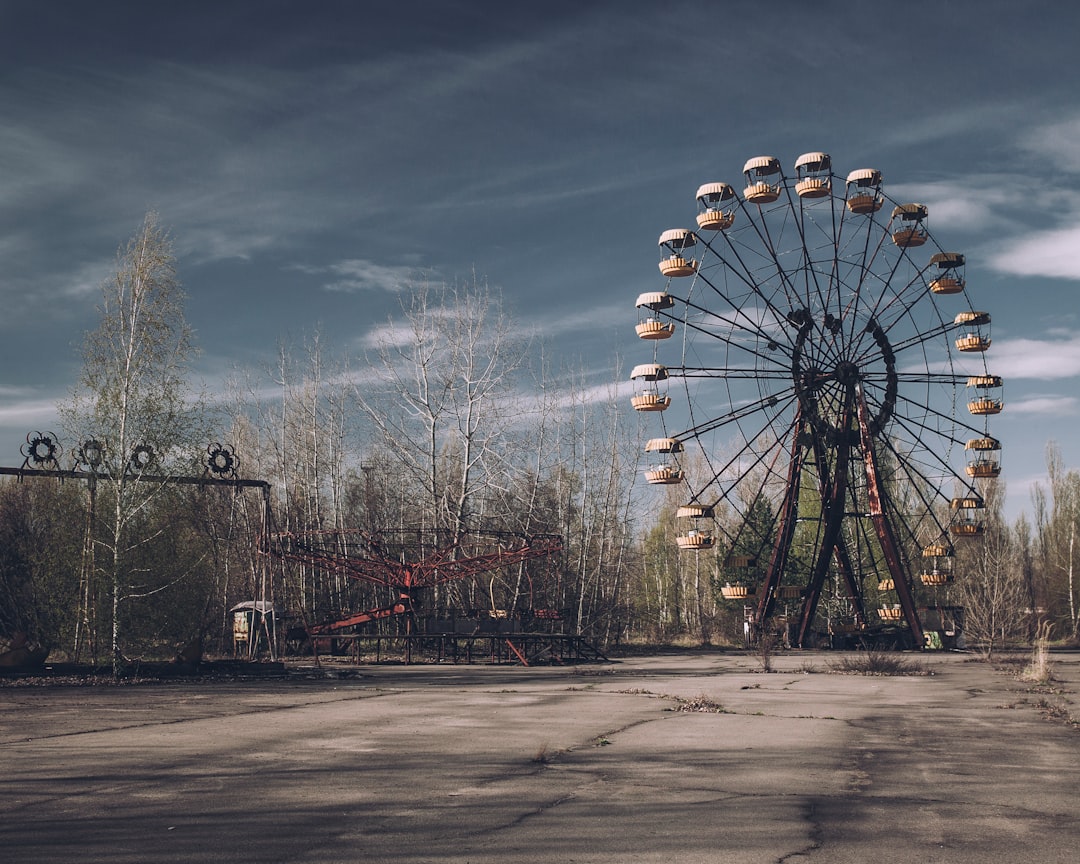
The Ukrainian city of Pripyat was given city status in 1979, some nine years after it was founded to house workers at the nearby Chernobyl nuclear power plant. The Ukrainian city was home to around 50,000 people when it was evacuated on April 27, 1986, following the now infamous disaster at Chernobyl. The town of Pripyat was built roughly one and a half miles away to house workers, along with their families. When the disaster struck, it had close to fifty thousand inhabitants.
More than three decades later, the threat hasn’t faded – it’s evolved. It’s hard to forget the haunting images of abandoned cities, the eerie silence of a once-thriving area, and the invisible but deadly radiation that continues to linger decades after the 1986 explosion. Almost 40 years later, the site of Chernobyl stands frozen in time. The abandoned buildings and empty roads inside the Exclusion Zone reflect the human cost and environmental impact of one of the worst nuclear disasters in history. Radiation levels remain a concern even today, though radiation measurements on much of the land are now below levels regarded as unsafe by Ukrainian regulators.
Aghdam, Azerbaijan
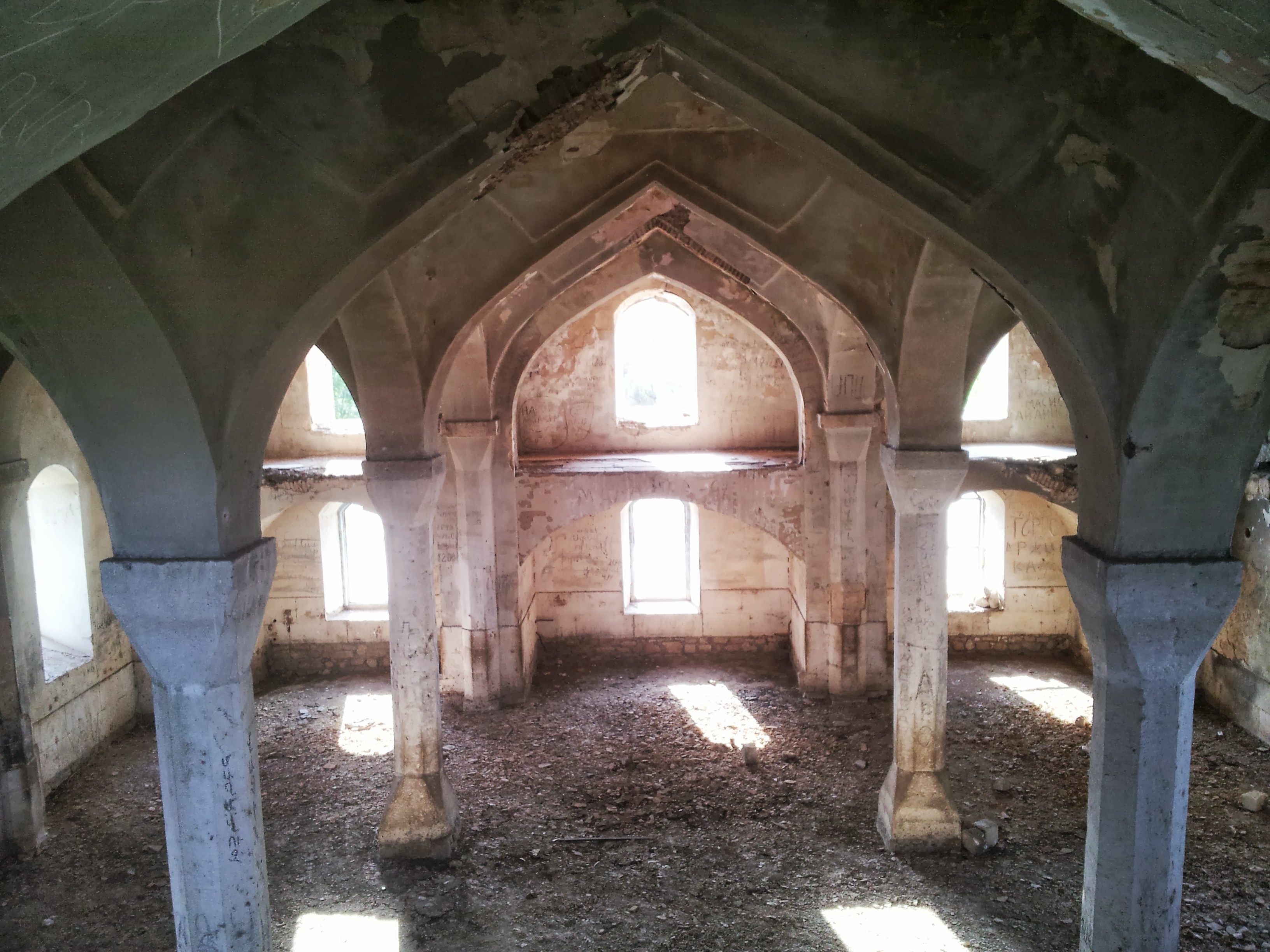
In July 1993, after heavy fighting, Agdam was captured by Armenian forces during their 1993 summer offensives. As the town fell, its entire population was forced to flee eastwards. Agdam is currently a ruinous, uninhabited ghost town. Armenian forces occupied Aghdam in July 1993 during the First Nagorno-Karabakh War. The heavy fighting forced the entire population to flee. Upon seizing the city, Armenian forces destroyed much of the town to discourage Azerbaijanis from returning.
More damage occurred in the following decades when the deserted town was looted for building materials. The town’s large mosque survives in poor condition. More damage occurred in the following decades when locals looted the abandoned town for building materials. However, there is hope for revival as Aghdam has been undergoing reconstruction since May 2021, with 19 residents registered as of November 2023 and is predicted to have new residents by 2026.
Craco, Italy
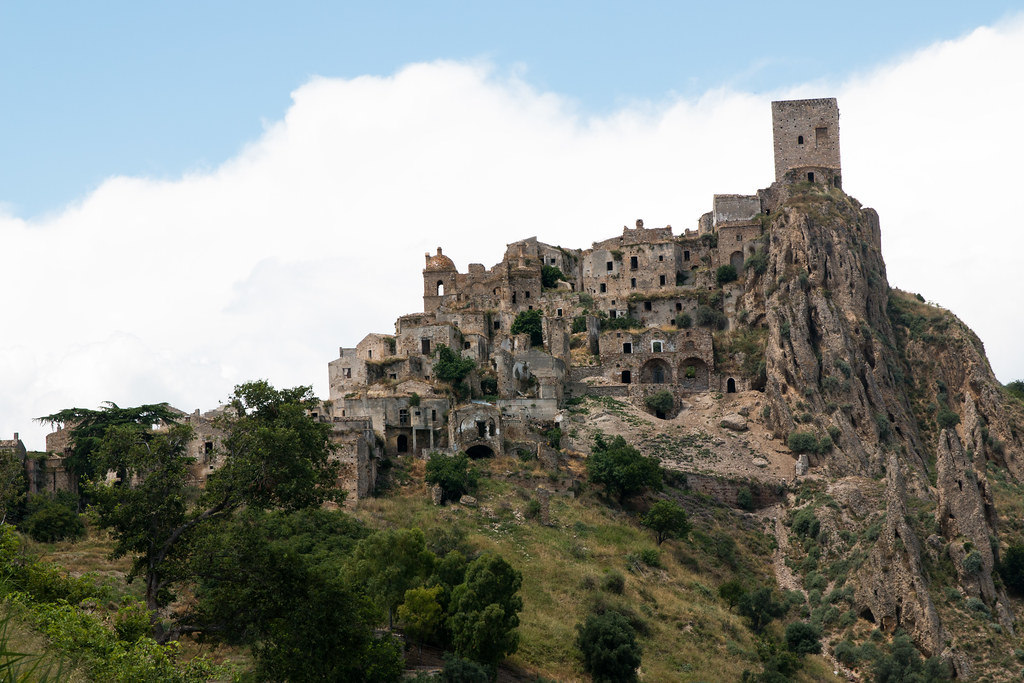
Located in the far south of Italy, Craco’s vertiginous location and spectacular architecture make it one of the most visually arresting abandoned towns in the world. Residents began to leave after a series of landslides caused by sewage and water works in the 1960s, and Craco was left completely deserted in the wake of the Irpinia earthquake in 1980. Craco has been a ghost town since the late 20th century.
Despite its abandonment, Craco has found new life in the entertainment industry. Since then, not only has the ghost town pulled in thousands of tourists, its also become an popular filming location, featuring in movies like 2008 James Bond film “Quantum of Solace.” The town’s dramatic medieval architecture perched on a hill makes it both haunting and cinematically perfect.
Houtouwan, China

Houtouwan, China: Based on Shengshan Island, near to Shanghai, this once lively village was abandoned in the early 1990s. What once thrived as a fishing community has now been completely overtaken by nature. The village sits on one of China’s remote islands where traditional fishing life became economically unsustainable.
Today, Houtouwan presents one of the most striking examples of nature reclaiming human settlements. Thick green vines have completely covered the abandoned houses, creating an otherworldly landscape that looks more like a fantasy realm than a former community. The site has become increasingly popular with photographers and adventurous tourists who are fascinated by the way vegetation has transformed the abandoned structures into green sculptures.
Kayaköy, Turkey
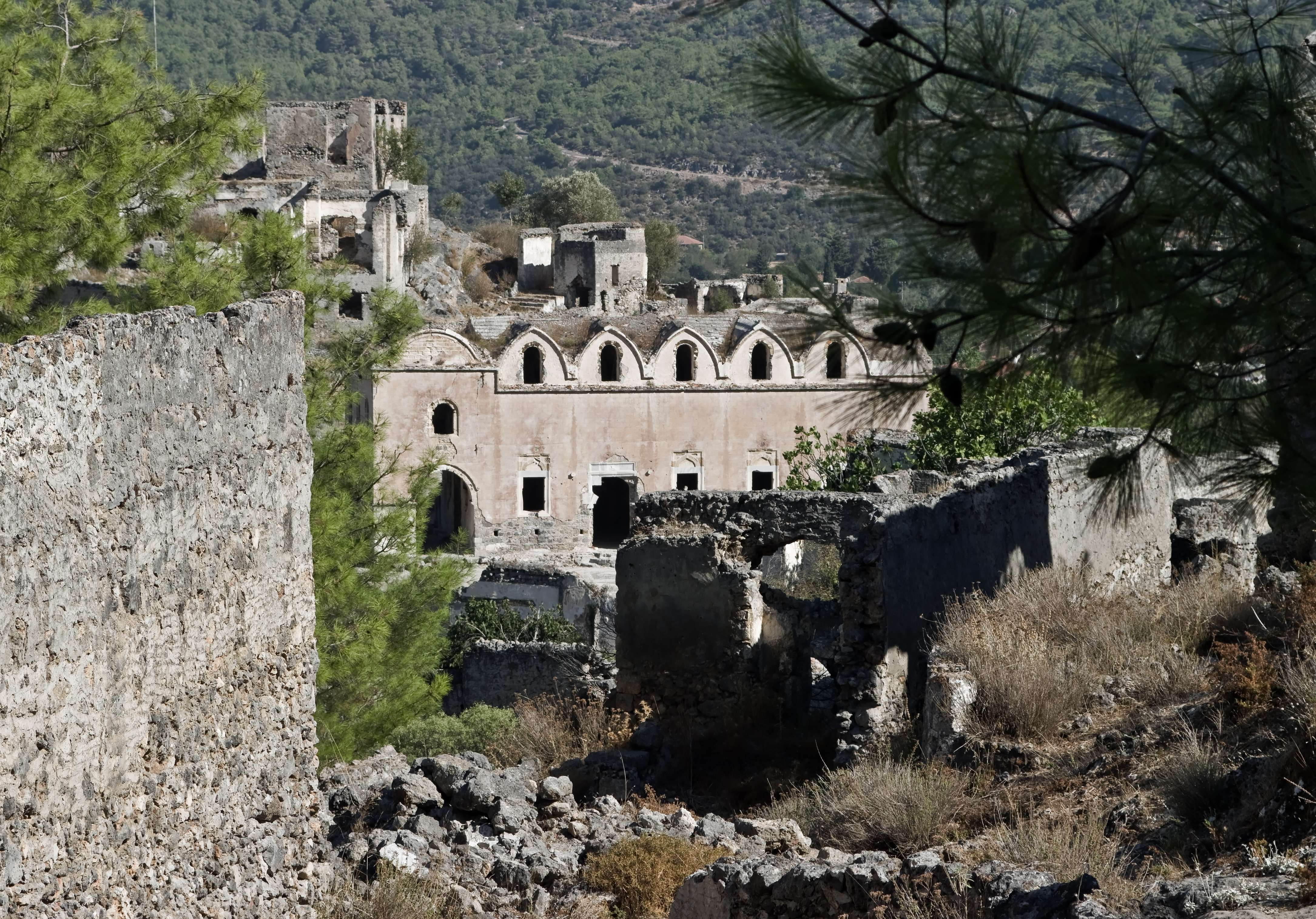
Kayakoy, Turkey: This ghost village was abandoned in 1923, when a population exchange between Greece and Turkey led to residents being unable to return to their ancestral homes. Examples include Kayaköy, an ancient Greek city abandoned in 1923 as result of population exchange between Greece and Turkey This village represents one of history’s most dramatic forced relocations, leaving behind a community frozen in time.
The stone houses and churches remain remarkably preserved, creating an eerie museum of daily life from nearly a century ago. Walking through Kayaköy feels like stepping into a sepia photograph, where you can almost hear the echoes of families who once called this place home. The village serves as a powerful reminder of how political decisions can instantly transform thriving communities into silent monuments of the past.
These ghost towns remind us how quickly circumstances can change everything. From nuclear disasters to economic collapse, political upheaval to natural forces, entire communities can vanish almost overnight. Each empty street and abandoned building tells a story of human resilience, tragedy, and the complex forces that shape our world.
What strikes me most about these places is how they continue to fascinate us decades after their abandonment. Whether it’s tourists visiting Craco or photographers capturing Houtouwan’s green transformation, these ghost towns prove that even in emptiness, there’s something deeply compelling about the traces we leave behind. What do you think draws us to these abandoned places?
